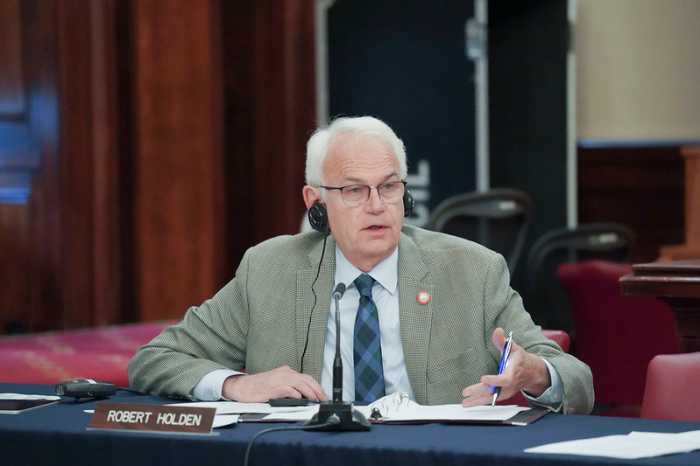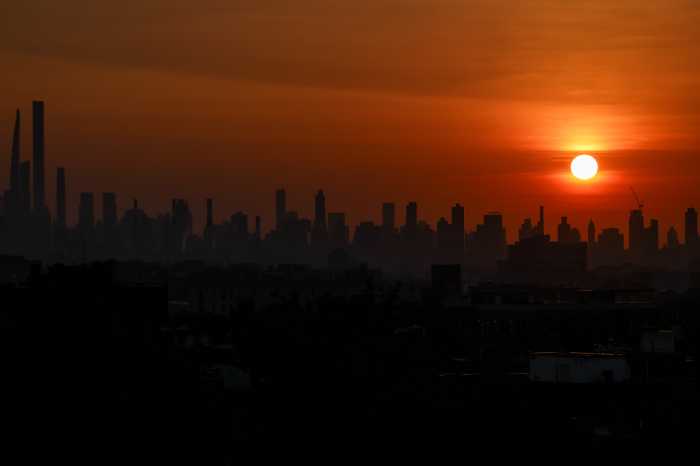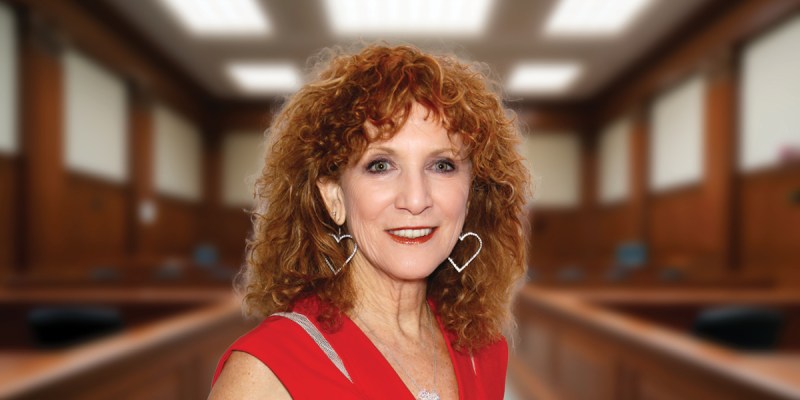By Philip Newman
The Tudor revival house is at 115-25 Grosvenor Rd., where Bunch and his family lived during much of his career as a diplomat with the United Nations.Bunche said he was astounded when he was told he had been won the Nobel Peace Prize Sept. 21, 1950 for his untiring and valiant efforts in the face of daily peril in bringing about a cease-fire between Jews and Arabs after Palestine was divided by a United Nations vote in 1947.Bunche, a State Department diplomat in Washington, D.C., had been borrowed by United Nations Secretary-General Trygve Lie to serve as an assistant to Count Folke Bernadotte of Sweden, who was striving to halt the warfare between Arabs and Jews. When Bernadotte was assassinated in 1948, the formidable task to bring a truce fell on the shoulders of Bunche. He brought about the end of fighting after 11 months of negotiations.Bunche is memorialized by a tiny park bearing his name across the street from the United Nations on Manhattan's East Side.The biblical passage from Isaiah 2:4, “They shall beat swords into plowshares and their spears into pruning hooks, nation shall not lift sword against nation, neither shall they learn war any more,” is inscribed on the Isaiah Wall in Ralph Bunche Park.Ralph Johnson Bunche was born in Detroit, but his family moved to Albuquerque when the children were very young. Both parents died not long afterward and the children were raised by their grandmother in Los Angeles.Young Bunche showed great scholarly promise at an early age and graduated summa cum laude in 1927 from the University of California, Los Angeles, which he had attended through a scholarship and with $1,000 raised by the black community of Los Angeles. He received master's and doctoral degrees in political science at Harvard and served as chairman of Howard University's political science department for more than 10 years.Bunche served in the federal Office of Strategic Services Ð the predecessor of the Central Intelligence Agency – and joined the State Department after the war.Bunche served on many organizations and committees in his long advocacy for civil rights, once rejecting the post of assistant secretary of state in protest against the policy of racial segregation in Washington, D.C.He took part in anti-segregation demonstrations as early as 1937 and despite failing health, joined the March on Washington in 1963 and the Selma-to-Birmingham march in Alabama in 1965.Following his United Nations work in the Middle East, Bunche was appointed head of the Trusteeship Department of the United Nations and mediated conflicts in the Congo, Cyprus and Yemen.In 1959, Bunche was turned down when he applied for membership in the West Side Tennis Club in Forest Hills, scene of the U.S. Open Tennis tournament. After much publicity over the rejection, the club offered him an honorary membership, which he refused on the ground it was based on personal prestige rather than racial equality. Just nine years later, black star Arthur Ashe won the U.S. Open in Forest Hills in 1968.Bunched died Dec. 9, 1971.Reach reporter Phil Newman by e-mail at news@timesledger.com or by phone at 718-229-0300 Ext. 136.



































